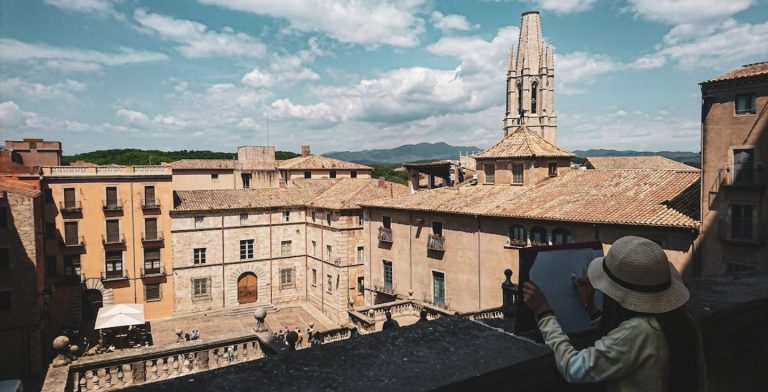How much does a trip to Ireland cost? 2025 Budget breakdown
Break down the trip to Ireland cost, from flights and hotels to food and activities. Plus, smart tips to save money and avoid roaming fees.
A one-week trip to Ireland costs between $1,200 and $3,000 per person, depending on your budget and travel style. That includes round-trip flights, accommodation, food, local transport, and activities. Ireland is one of the pricier destinations in Europe, with elevated costs for essentials like meals, fuel, and mobile data.
Still, an Irish vacation is worth every euro—if you plan smart. In this guide, we’ll break down the full cost of a trip to Ireland, from flights and accommodations to daily expenses. You’ll also learn practical ways to save while visiting Ireland, including how to avoid roaming charges with an eSIM.

How much does it cost to go to Ireland in total?
A seven-day trip to Ireland can cost anywhere from $1,200 to $3,000+ per person. In turn, the one-week cost of a trip to Ireland for two will be almost double. Roughly $2,000 to $5,000+ for seven days.
This includes round-trip flights from the US, accommodation, and daily spending.
The final cost of your Ireland vacation will depend on your travel type. A budget trip will likely cost $1,200–$1,500, while a luxury trip or family vacations can almost double the price. Here are some details in full:
| Expense category | Budget trip | Mid-range trip | Luxury trip |
| Flights (round trip) | $500–$600 | $650–$800 | $900+ |
| Accommodation (per night) | €60–€100 | €120–€180 | €200+ |
| Daily spend (food, transport, activities) | €30–€50 | €70–€120 | €150+ |
| Total per person (7 days) | ~$1,200–$1,500 | ~$2,000–$2,500 | $3,000+ |
Is Ireland expensive to visit? Detailed cost overview
Visiting Ireland isn’t cheap. Trip to Ireland costs tend to run high due to expensive flights, lodging, food, and transport. Here’s what to expect when budgeting for your trip to Ireland, plus tips to help keep costs in check.
Flights ($500–$900 round trip)
Flights to Ireland from the US usually range between $500 and $900 for a round trip, depending on the season and how early you book. Flights often make up the biggest share of what a trip to Ireland costs, so it pays to plan ahead. Extra baggage means added costs, so trim your packing list for Ireland to just the necessities.
Here’s what you can expect for a round trip to Ireland:
- Budget: $500–$600 (basic economy, budget carriers like Aer Lingus, limited luggage)
- Mid-range: $650–$800 (standard economy with major airlines)
- Luxury: $900+ (premium economy or business class)
According to Reuters, four in five travelers arrive in Ireland at Dublin Airport, which generally offers the best prices and the widest selection. Using tools like Google Flights can help you compare prices across airlines and spot good deals. If you’re asking how much it costs to go to Ireland, your departure date and flexibility can make a big difference.
Accommodation (€60–€200+ per night)
Where you stay plays a big role in shaping your Irish vacation budget. Prices vary by season, location, and comfort level. Expect higher accommodation costs in major cities like Dublin, especially if you’re staying in or near the city center.
Here’s a rough guide to nightly rates for two adults:
- Budget: €60–€100 (hostels, budget hotels, basic B&Bs)
- Mid-range: €120–€180 (3-star hotels, charming guesthouses)
- Luxury: €200+ (4- to 5-star hotels, boutique stays in prime locations)
To lower your trip to Ireland costs, consider staying outside tourist hubs or booking well in advance—especially during summer or festival weekends.
Transportation (€10–€100+ per day)
Getting around Ireland depends on your style of travel. If you don’t mind driving in Ireland, opt for a rental car to explore the countryside; otherwise, you can get by perfectly by sticking to trains, buses, or local public transportation, especially in and around Dublin Airport.
Here’s what to expect per day:
- Rental car: €40–€70 (manual economy car, not including insurance or fuel)
- Car rental with automatic transmission: €70–€10
- Public transportation (buses, trams, local trains): €10–€20 per day
- Long-distance train or intercity bus: €20–€40 per ride
Tip: Ireland promotes “slow tourism,” encouraging travelers to spend more time in one place and use public transport. This is a more sustainable way than using a rental car to experience the country and can help lower vacation costs.
Tours and activities (€0–€100+ per person)
Ireland is packed with natural beauty, historic landmarks, and cultural experiences—from medieval castles to windswept cliffs and vibrant cities. Whether you’re planning a laid-back Ireland trip or packing in a full itinerary, tour and activity costs can vary widely.
Here’s what you might spend per person:
- Budget: €0–€20 (self-guided walks, free museums, low-cost local tours)
- Mid-range: €30–€70 (guided walking tours, small group excursions)
- Luxury: €100+ (private tours, day trips to the west coast or Northern Ireland)
Family-friendly options like castle visits or boat rides are popular for family vacations, while scenic drives and coastal retreats make for an unforgettable romantic vacation.
Food and drinks (€10–€50+ per meal)
Eating out in Ireland can be as affordable or indulgent as you make it. Pubs and casual cafés offer hearty meals at good value, while upscale restaurants and tasting menus will quickly add to your trip to Ireland budget. On average, expect:
- Budget: €10–€20 (pub lunch, takeaway, supermarket meals)
- Mid-range: €25–€40 (sit-down dinner with a drink)
- Luxury: €50+ (fine dining, multi-course tasting menus)
To get a true taste of Irish cuisine, try dishes like seafood chowder, boxty (a potato pancake), or the famous “Dublin coddle.” Local specialties vary by region, so exploring small towns often comes with culinary surprises—sometimes at lower prices too.
Food and drink costs are part of the overall cost, but they’re also where you’ll find some of the most memorable moments of your journey.
Other expenses (€20–€100+ additional costs)
Beyond the big-ticket items, smaller expenses can raise how much a trip to Ireland costs overall. While they’re easy to overlook, they’re worth budgeting for:
- Travel insurance: €40–€80 for a one-week policy, depending on coverage
- Tips and gratuities: Not always required, but rounding up or tipping 5–10% is customary in many places
- Souvenirs and local shopping: €20–€100+, depending on your plans
- Ireland SIM card or eSIM: An easy, cost-effective way to stay connected without surprise roaming fees
These extras may seem minor, but they play a real role in shaping your total cost of visiting the Emerald Isle.
Top tips to manage your trip to Ireland’s costs
There are plenty of ways to keep your trip to Ireland costs in check without sacrificing the experience.
- Travel in the off-season: Late fall and early spring offer better prices and fewer crowds, making them the cheapest times to visit Ireland.
- Book early: Flights and hotels are noticeably cheaper when reserved well in advance.
- Skip the car rental (if you can): In cities, stick to public transportation or explore walkable areas. Use a rental car only for countryside road trips.
- Take advantage of free attractions: Many museums, parks, and scenic spots (like the Cliffs of Moher) are completely free.
- Eat like a local: Head to smaller cafés or pubs outside the city center for more affordable meals and an authentic Irish cuisine experience.
- Use the best eSIM for Ireland: Save money and avoid steep roaming charges by getting connected with a local data plan ahead of time.
A few smart moves can go a long way toward reducing your Ireland vacation budget.
Don’t overpay for data in Ireland, choose Holafly
Mobile data in Ireland isn’t cheap. Roaming can add up fast, and getting a local Ireland SIM card will require paperwork or a fixed address. Holafly makes it simple. With a prepaid eSIM for Ireland, you can connect instantly—no contracts, no physical SIM card, and no surprises.
Planning to stay a while? Holafly Plans are ideal for longer trips. They turn your phone into a hotspot, offer reliable coverage, and don’t require a local address or subscription. It’s the easiest postpaid eSIM option on the market—and a smart way to keep your trip to Ireland costs under control.














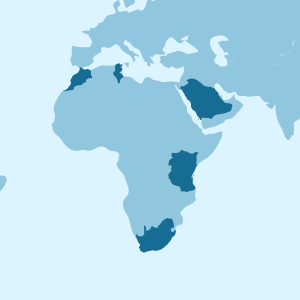







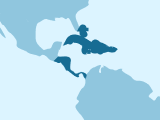
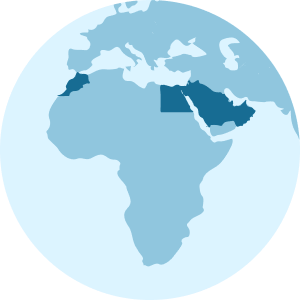
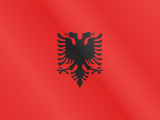

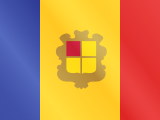
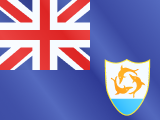

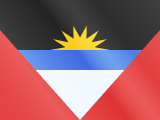

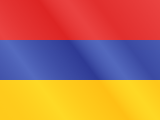
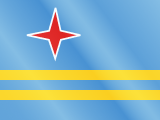





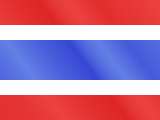







 Pay
Pay  Language
Language  Currency
Currency 


















 No results found
No results found








